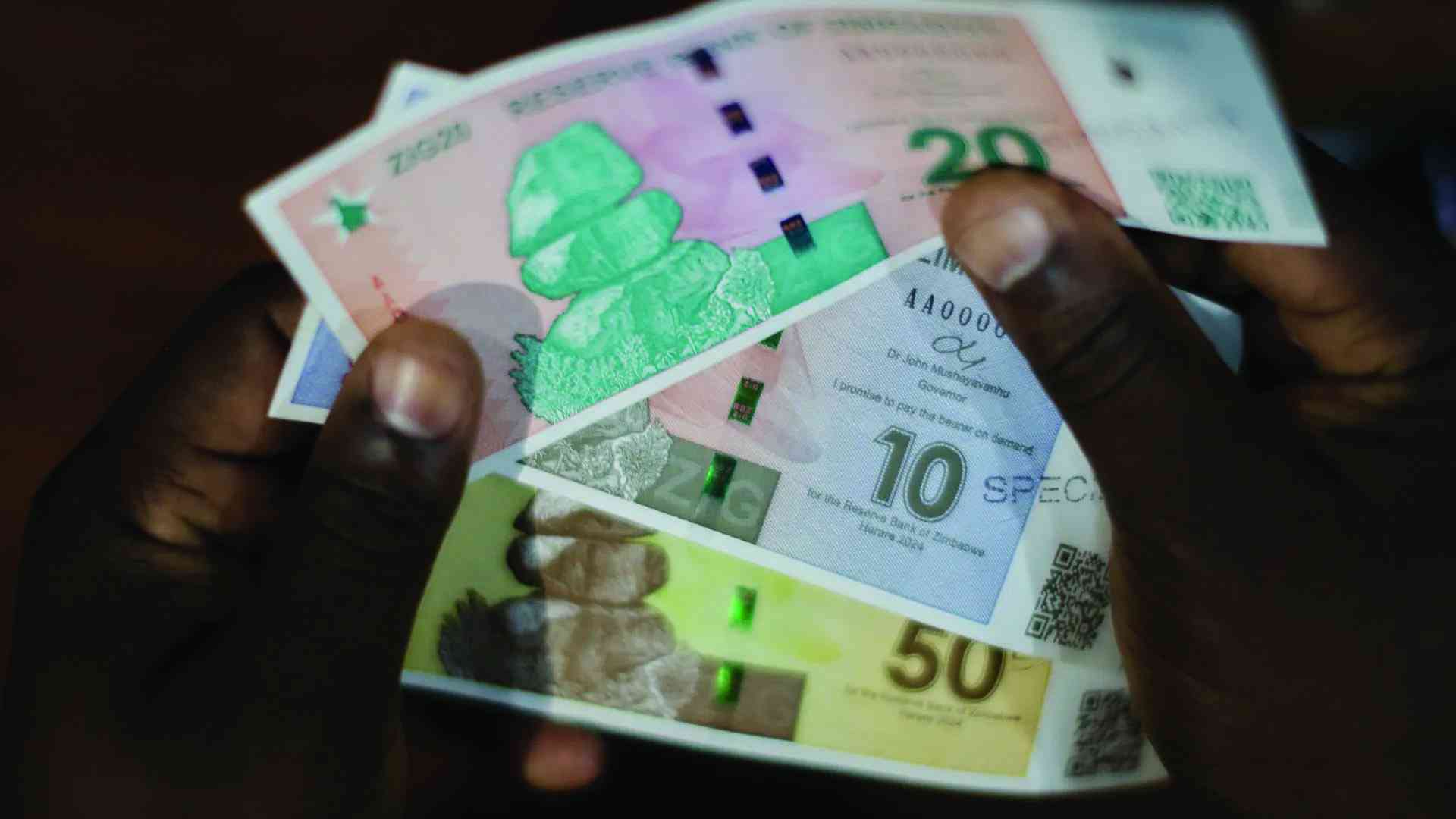
OLD Mutual Investment Group (OMIG) says Zimbabwe’s aggregate economic output will likely remain ‘resilient’ and avoid a contraction.
Zimbabwe’s 2024 gross domestic product (GDP) growth is expected to remain positive and close around 3,5%.
The World Bank marginally revised Zimbabwe’s 2024 growth forecast up from 3,4% to 3,5%. Resultantly, the global lender's projection is now in sync with the International Monetary Fund and government forecasts at 3,5%.
In the context of prevailing El Niño-induced weather shocks, the positive consensus outlook suggests notable resilience. Mitigation factors against a recession include higher mining output on less rain-associated downtime.
Gold output increased by 25% in January this year, compared to January last year. The output, however, decreased by 22% in February.
“Aggregate economic output will likely remain ‘resilient’ and avoid a contraction. This is despite significant downside risks around adverse weather-related shocks and fragile global conditions,” OMIG said in its monthly economic brief for January.
“On the flip side, monetary policy maintains an incessant vulnerability over the foreseeable outlook. Monetary policy reforms are expected to focus on rebuilding market confidence and reviewing the foreign currency pricing mechanism towards a more market-driven framework.
“Investment market performance will likely trend along inflation and exchange rate expectations, maintaining the current uptrend.”
- AfDB cuts Zim’s growth projections to 3.5%
- Russia-Ukraine war and the Zimbabwe daily bread
- AfDB cuts Zim’s growth projections to 3.5%
- Russia-Ukraine war and the Zimbabwe daily bread
Keep Reading
The report shows that the United States dollar (US$) closed the month of January firmer against most trading currencies. The US$ index firmed 1,9% to close at 103,27.
Market expectations for an interest rate cut by the United States Federal Reserve Bank have shifted, with more bets towards delayed rate cuts.
By not reducing interest rates (the price of money), the Federal Reserve Bank effectively presented support for the US$ against alternative currencies.
The Zimbabwe dollar (ZW$) was not spared from depreciation against the US$. During the month under review, the ZW$ depreciated by 39,3% (66,3% movement) against the US$ to close at ZW$10 152,39 per US$.
Finance minister Mthuli Ncube recently revealed that the government will pursue both fiscal and monetary measures to support the local currency.
President Emmerson Mnangagwa hinted at the looming introduction of a ‘structured currency’.
Commodity prices struggled for direction compared to the prior month's direction, with January reversing prior month developments in most cases.
A relatively weak global economic outlook weighed on base mineral and soft commodity prices. Oil prices partially reversed the December losses amid rising fears of geo-political-induced trade restrictions and associated supply constraints.
The report indicates that local listed equities were bullish during the month of January.
The ZSE-listed equities closed 157,43% firmer as proxied by the Zimbabwe Stock Exchange (ZSE) all-share index.
The ZSE exchange traded fund index was up 11,16% over the same period, while the US$-denominated Victoria Falls Stock Exchange (VFEX) all-share index closed 2,52% firmer.
ZSE returns are in part attributable to improved market liquidity.
A slowdown in migrations from ZSE to VFEX also supported VFEX returns on reduced exchange rate induced distortions to valuations.
The number of trades on the ZSE closed January at 4,053, up a noteworthy 65,9% from the prior month.
Compared to the same time last year, the number of trades was down 6,7%.
Foreign investors were net sellers on the ZSE for a third straight month in January 2024, registering net sales of ZW$5,3 billion (US$522 065), up 240% from the prior month’s ZW$1,6 billion (US$157 604).







